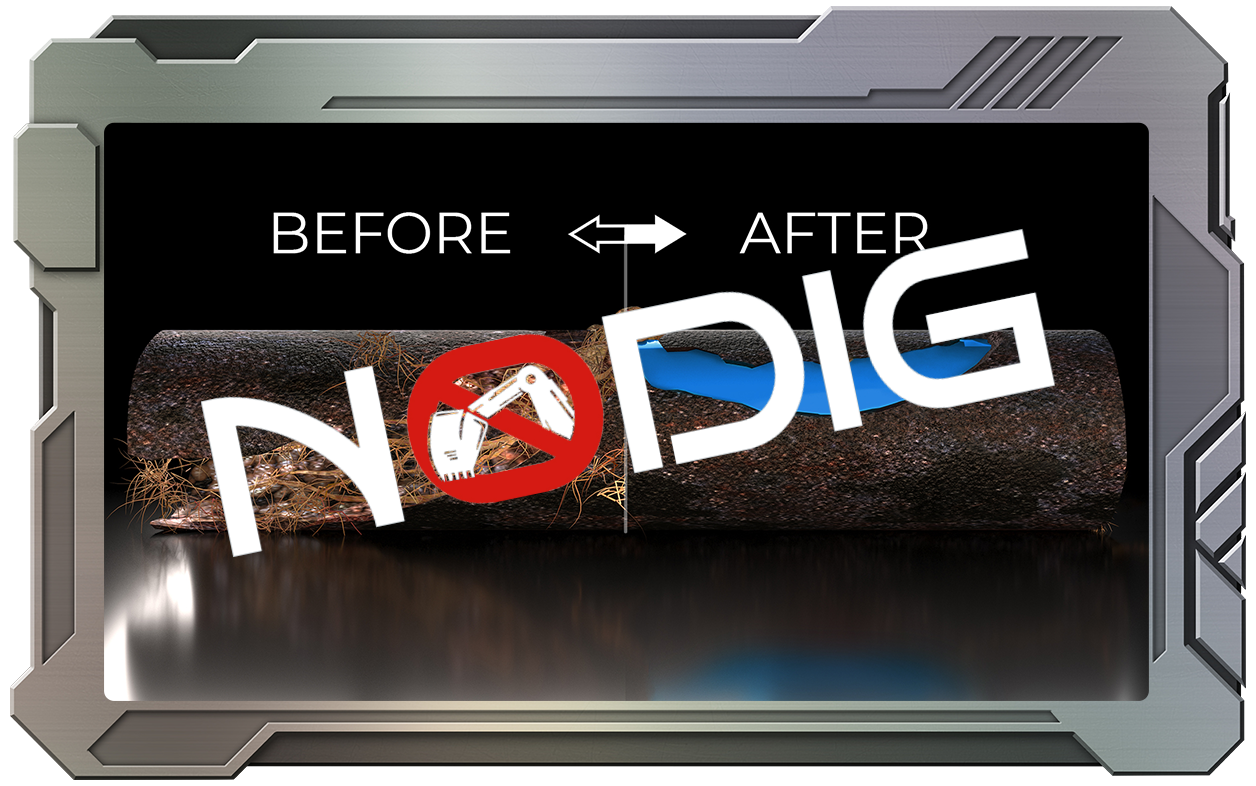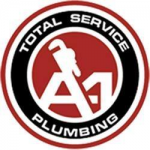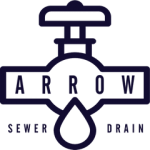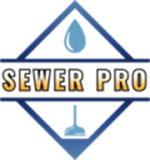Drainage and sewer issues can sometimes become so dreadful that we'll need to fix them ourselves or hire someone to do the job.
In these instances, we need to know where our sewer lines are located so we can carefully dig through the surface or find a way to avoid them, specifically when doing sewer line repairs.
But how do you locate your main sewer line and the sewer pipes connected to it? This is a relatively easy task, but many are unfamiliar with it.
If you've been searching for answers, too, we have you covered! In this article, we'll teach you how to locate sewer lines in 6 ways.
How to Locate Sewer Lines: 6 Methods to Try
The sewer lines are usually where your drain pipe leads to. The main sewer line then extends towards the septic tank or a municipal sewer system.
For some, it's confusing to know where the sewer lines are. That's why we're here to teach you different methods of doing so.
1.) Inspect Your Main Drain
As previously mentioned, your sewer lines are mostly connected to one central drain pipe through a single sewer line, which leads towards the municipal sewer system or a septic tank.
So, knowing where the main drain exits your house will be of great help in locating the sewer line.
To find the clean-out point within your home, you may need to search the basement, garage, or crawl space. You can also follow the pipes from the shower, dishwasher, toilet, or sink line.
2.) Explore Your Yard/Property
If searching indoors isn't enough, you can start looking outside your yard or around the property. There are instances where the sewer pipe is located in the exterior, around 16" to 36" away from the foundation of your house.
Try looking for a larger pipe, approximately 4 inches in diameter. It also has a screw cap on top, with a square knob or notch.
This most likely means finding the sewer cleanout point, which is usually located inside a plastic box labeled "sewer."
3.) Follow Your Pipes
Alternatively, you can follow where your pipes lead, especially if they are installed outside, and you can easily access them.
You can start from the line from the toilet, sink, bathtub, or any pipe that you know is a MAIN DRAIN.
Finding the pipe should be easy. You can try looking for the black or white pipe that leads away from water-reliant amenities. A drain clean-out, on the other hand, usually looks like a T- or Y-shaped pipe with a plastic cap on its nut.
Hopefully, this will lead you toward a LARGER PIPE under the basement or crawlspace. The sewer line you find under the basement of your home leads you toward the main pipe or septic tank.
4.) Ask the Previous Homeowner for Details
The previous owners of the house may also know about underground utilities, which include the main line. This is likely the case if previous owners lived on the property for a long time.
If you have their contact information, you can ask them for details regarding the drain or sewer line connection.
In cases where you don't know the previous owners of the house, you can see such information in the deed of sale or municipal tax records.
5.) Contact Your City/Local Government
You can also check with your city or local government regarding the sewer map, which may indicate the location of the drain line.
You can often get the needed information over the phone. However, there are instances where they may ask you to visit the city engineering office, specifically the building and safety division.
If such a map is unavailable, you can also check the property maps to locate the drain line or pipe.
6.) Hire a Plumbing Professional to Check
If your schedule is tight or you're not confident enough with your intuition and ability to find the main pipe yourself, you can always hire sewer line services to access the underground utilities.
Plumbing professionals are more familiar with the municipal system and septic tanks. It may be easier for a plumber to INSPECT and FIND the main line to save time.
A plumber may offer home inspections and find all the drains and pipes on your property as part of their services.
Importance of Knowing Your Sewer Line Location
One of the most important reasons why you must know your sewer line location is to AVOID significant damage to the pipe, especially when digging the ground around your property when making home improvements.
Such information is also vital when there are issues with your pipes or drains, like a clog, leak, or damage caused by root intrusion.
You can inform the professional IMMEDIATELY, especially when they're trying to perform sewer line services (hydro jetting, fixing a broken or frozen line, etc.)
NOTE: We suggest conducting annual inspections and cleaning, especially in areas or landscapes with large trees. Tree roots can penetrate, damage, or block sewer lines easily.
FAQs
Let's try answering more questions before we wrap things up!
To find a sewer line buried underground, you can start by analyzing the exit points of your pipes from indoors and follow the straight path until you find the plastic box labeled as "sewer."
If this is difficult for you to do, you can look at property or sewer line maps or hire professional services that use special tools, like a sewer camera, to inspect your pipes.
To find the sewer cleanout, follow the drainage pipes to the main sewer lines, and look for the T- or Y-shaped pipe fitting with a threaded plug, nut, or cap.
If the clean-out is not connected to the main pipe, you can check your property's garage, bathroom, or utility room.
Conclusion
Now you know how to properly look for your sewer line.
Knowing the location of the main and lateral sewer lines may be minor. Yet, there are several reasons why you should be knowledgeable about it. It's for your good and convenience as well!
It's great to be listed on NoDig
-
Join a network of verified sewer repair specialists
-
Get recognized
-
Update your business information
Unlock your listing in minutes.






